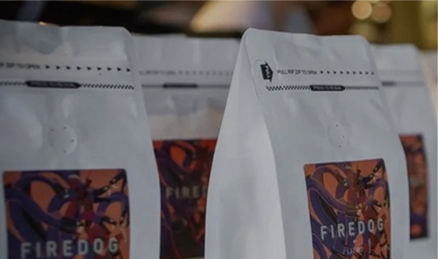Your One-Stop-Shop
The personalised service you need
to help your coffee concept thrive!








Your Coffee Story
We understand that the hospitality sector does not adhere to a typical 9-5 day, and so neither do we: our dedicated team is available 7 days a week, to ensure your business is always up and running.
Our mission is to provide the best service possible, giving our customers access to our wealth of industry contacts and specialists. Whether you want to find the best coffee, tea and chocolate to suit your business, require hospitality consultancy, branding and marketing support, or are in need of coffee or catering equipment, we have you covered.

What Our Customer Say

